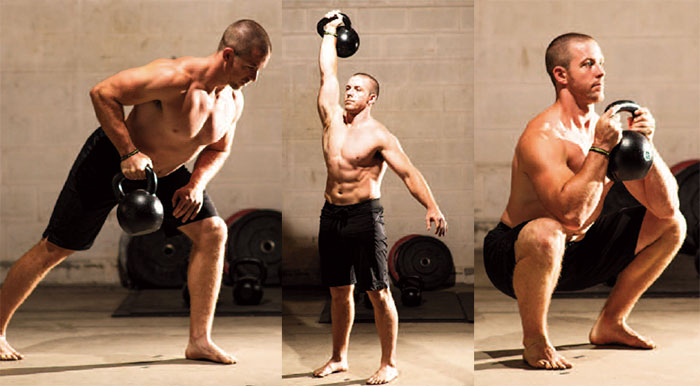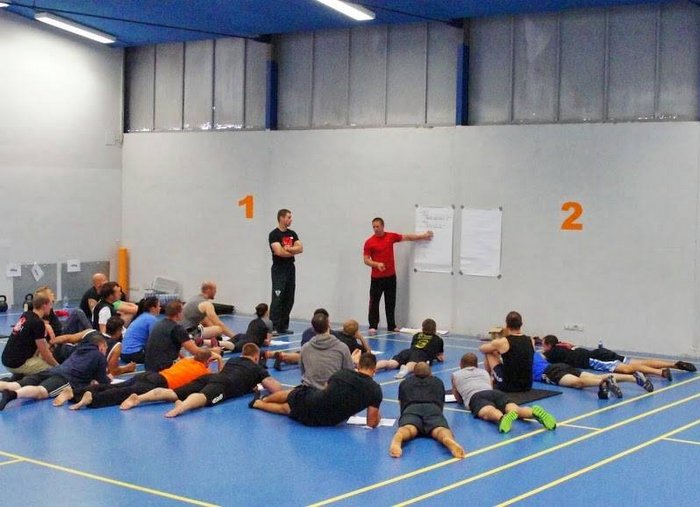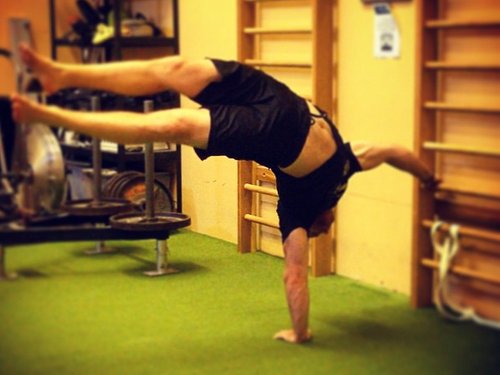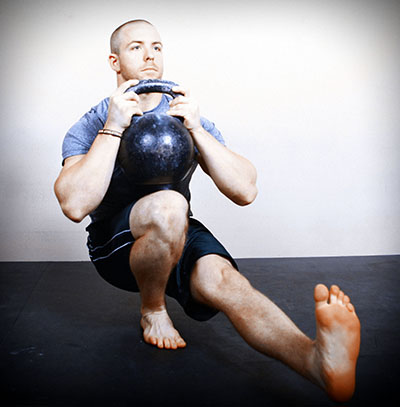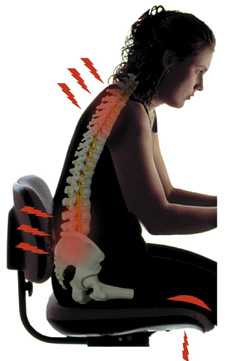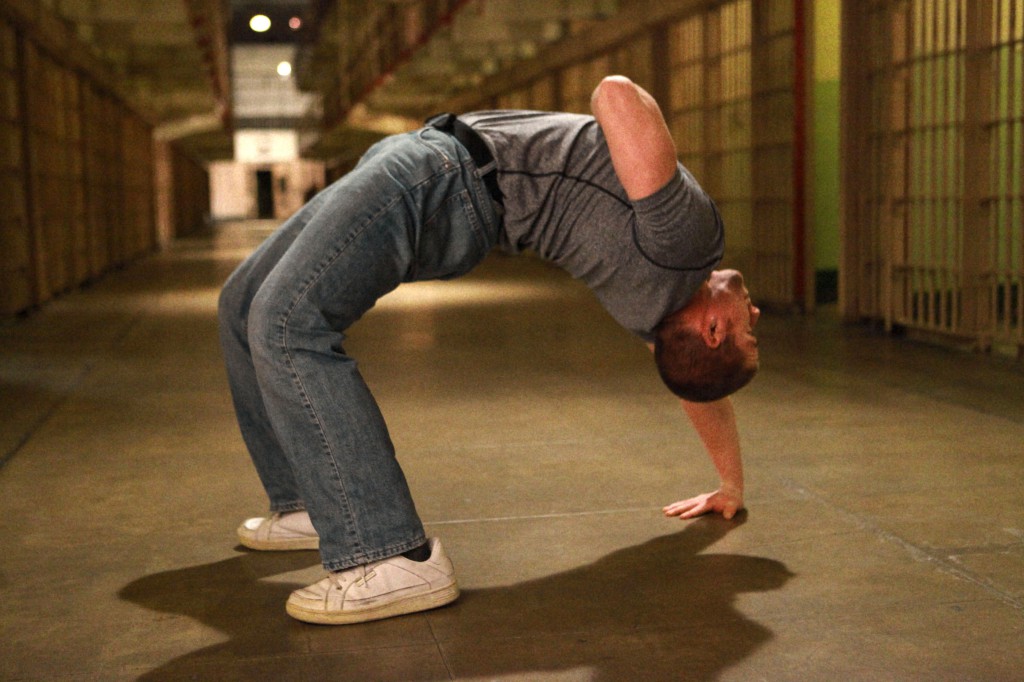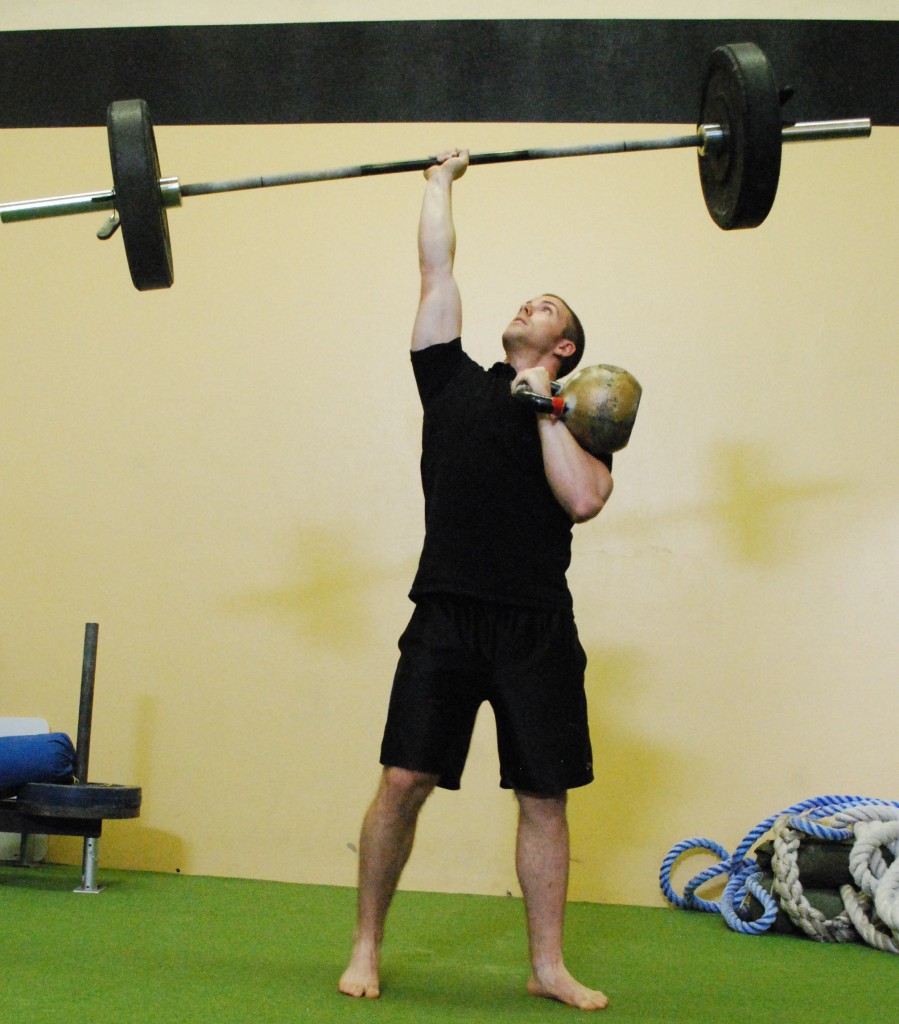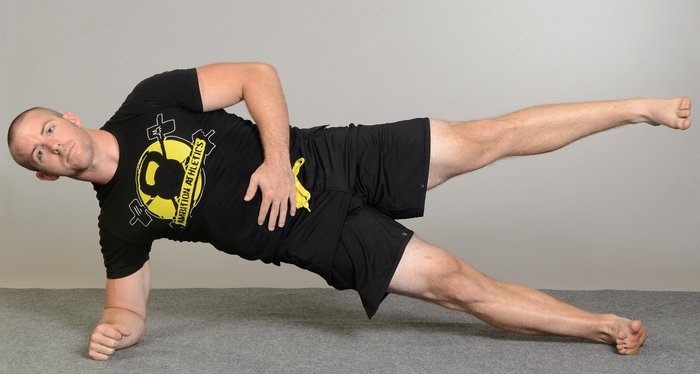
Ladies, you have that friend who is awesome in every way but just doesn’t excite you. He’s funny, smart, nice, and doesn’t look horrifying–but for some reason he just doesn’t strike passion in your heart.
Because of this, whether he knows it or not, he is stuck in the friend zone.
Let’s take a moment of silence for all the gentlemen before us who have fallen into the friend zone.
In today’s world, the same thing has happened with certain exercises. Because social media is now a window into people’s lives, you’d think that training was all back flips and heavy deadlifts. The problem is that anyone who doesn’t have a thorough understanding of exercise and building a well-balanced program, doesn’t see the important foundational stuff.
The following exercises get no love because they just aren’t that sexy.
- Rows
- Split Squats
- Push Ups
- Side Planks
- Single Leg Deadlift
- Mobility training in general
Rows always get cast aside in favor of pull-ups or chin-ups. This is not to say that these exercises are bad, but rows are actually the better choice for most people. The postural benefits along with the promotion of shoulder health and biomechanics from rows far outweigh pulls or chins. Consider adding rows to your session either as a big strength movement or as a high rep accessory work movement toward the end of your session. Then, even if it’s not considered all that cool, post it on Instagram with the hashtag #IDoRows.
Split squats, walking lunges, rear foot elevated split squats, jumping lunges are all great exercises. The humble split squat is another exercise that gets little to no love. First, they are extremely user friendly. Second they do a terrific job of mobilizing the hip flexor/quadriceps and ankle/toes of the rear leg. The toe and ankle mobility is easy to avoid during normal lunges and other substitute exercises. Lastly they also are crucial for owning split-stance balance which will have a good carryover to other areas of life.
Push-ups… if you’re not clapping your hands or spinning around like a whirling dervish, then push-ups just don’t have that “shiny-thing” appeal. However, if done properly, the push-up will help you get stronger upper body pushing muscles. Also, push-ups train the abs to maintain stability–which has been proven to help prevent back problems. The push-up also allows for full scapular movement–important for maintaining shoulder health–unlike the bench press.
Side planks don’t look that cool, but they really turn on your lateral chain. The oblique and gluteus medius are important for stabilizing the pelvis (especially while you’re on one leg). This is sometimes a magic bullet for improving function in the upper and lower body.
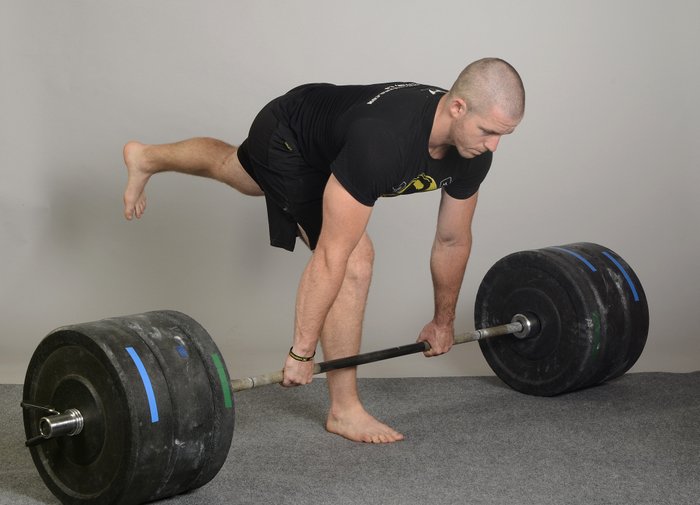
The single leg deadlift is another exercise that is absolutely awesome for improving mobility, strength, balance, and coordination–all which have great carryover to athletics. The main criticism is that it’s just not heavy enough.
I beg to differ (barbell and kettlebell examples):
https://www.youtube.com/watch?v=SbsETxo8Vps
Wake up your glutes and get to work on some single leg deadlifts. They are especially challenging if you hold the weight in the hand opposite of the leg you are standing on.
Joint circles for mobility training aren’t all that cool looking, but they are a key component of a well rounded health and strength plan. In the RKC we take care to mobilize the joints before heavy lifting to prevent injury and enhance strength. Most people are too stiff, not too loose–you have to mobilize those joints every day if you want to be able to stay loose.
Side note: Mobility drills actually look kind of cool at 4x speed in my #5minuteflow video:
https://www.youtube.com/watch?v=k3ZD8s15ckc
Don’t forget the exercises that will stand by you through thick and thin, and reward you with sustainable progress through your whole life.
Better every day,
-Max
****
